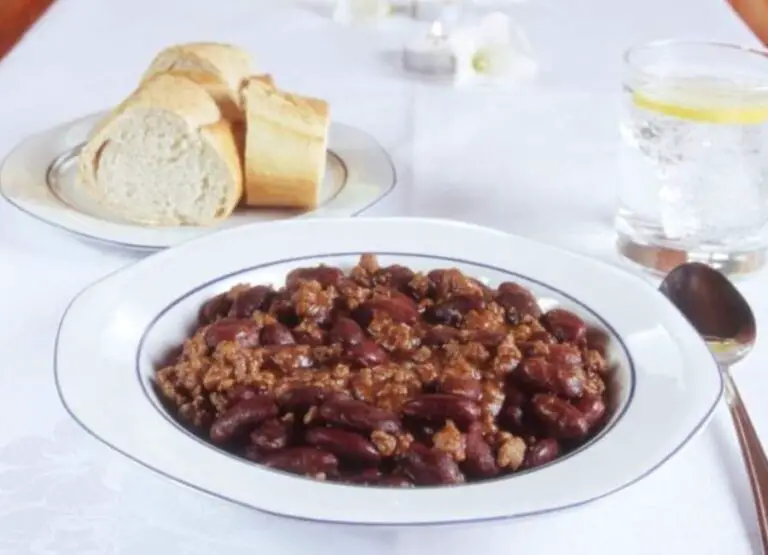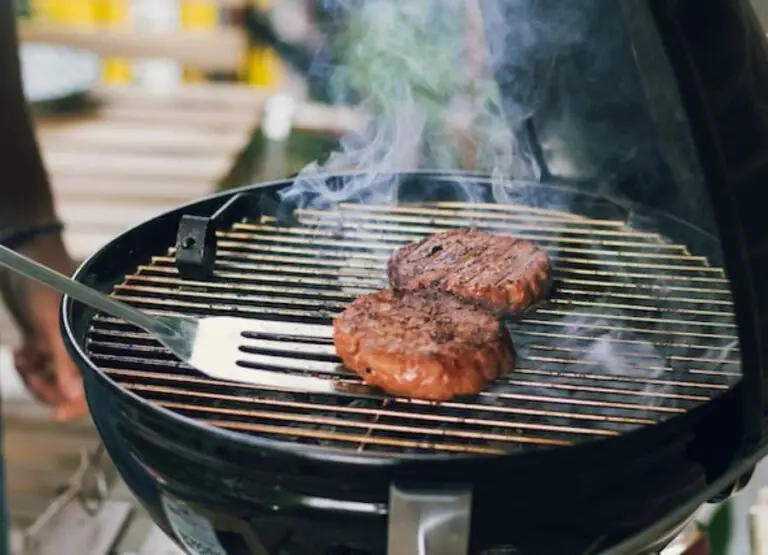Can I Freeze Cooked Green Beans And Potatoes [Hints]
Are you wondering if it’s possible to freeze cooked green beans and potatoes? Well, the answer is yes!
Freezing your leftovers can be a great way to reduce food waste and save time in the kitchen.
But before you start freezing, there are a few important things to keep in mind.
In this short blog post, we’ll explore the process of freezing cooked green beans and potatoes, including some handy tips and tricks to help ensure your leftovers stay fresh and delicious.
So, let’s get started!
Can I Freeze Cooked Green Beans And Potatoes
Yes, you can freeze cooked green beans and potatoes. Blanching green beans lightly cooks them without breaking them down too much.
If you want to freeze a fully cooked green bean dish, like ham, green beans, and potato stew, it will also freeze well covered for up to 3 months.
Simply pull it out as needed and reheat it, following the directions for the specific dish.
Properly stored, frozen green beans and potatoes can maintain the best quality for 10 to 12 months but will remain safe beyond that time.
The Benefits of Freezing Cooked Green Beans and Potatoes
While freezing cooked green beans and potatoes may be convenient for meal preparation, it is important to note that freezing can affect the nutritional composition of these foods.
However, some potential benefits of freezing cooked green beans and potatoes can include:
- Convenience: Frozen vegetables and potatoes can be easily stored and used for quick meal preparation.
- Extended shelf life: Freezing can help preserve food for longer periods and reduce food waste.
- Cost savings: Buying in bulk and freezing can help save money on groceries.
- Reduced cooking time: Frozen vegetables and potatoes require less time to cook than fresh ones.
- Retained nutrients: While some nutrients may be lost during freezing, many are still preserved.
- Increased availability: Frozen vegetables and potatoes allow for year-round availability, even when they are out of season.
- Versatility: Frozen vegetables and potatoes can be used in a variety of dishes, including soups, stews, casseroles, and salads.
- Reduced risk of spoilage: Frozen vegetables and potatoes are less likely to spoil or go bad compared to fresh ones.
- Safe food storage: Freezing can help reduce the risk of foodborne illness by slowing the growth of bacteria and other pathogens.
How to Freeze Cooked Green Beans and Potatoes
The following is a step-by-step guide on freezing cooked green beans and potatoes:
Step 1: Prepare your green beans and potatoes
It is critical to carefully prepare your cooked green beans and potatoes before freezing them.
To begin, thoroughly wash the vegetables under running water to eliminate any dirt or debris.
Trim the green beans ends and cut the potatoes into bite-sized pieces.
Blanching both vegetables helps keep their color, texture, and flavor for the best results.
Step 2: Blanch the green beans
Blanching is an important stage in the freezing process since it helps maintain the green beans’ color, texture, and nutritional content. Bring a big pot of water to a boil over high heat.
When the water begins to boil, carefully add the green beans and cook for around 2–3 minutes. Make cautious not to overcook them because they should still be a little crunchy.
Transfer the green beans to a bowl of ice water immediately after blanching to stop the cooking process. This will aid in the preservation of their brilliant green hue.
Step 3: Cook the potatoes
You can begin cooking the potatoes while the green beans cool. Fill a pot halfway with water and add the diced potatoes.
Bring the water to a boil and cook the potatoes for 8–10 minutes or until soft but not mushy.
To test for doneness, gently insert a fork into a potato slice. They’re ready to come out of the oven if it slides in smoothly.
Drain the potatoes in a strainer and rinse them briefly with cool water.
This will assist in fast cooling them down and preventing them from turning mushy. Drain the potatoes thoroughly to remove any excess liquid.
Step 4: Combine the green beans and potatoes
In a large mixing bowl, combine the blanched green beans and cooled potatoes. Gently toss them together to distribute the flavors evenly.
Step 5: Portion and pack for freezing
Proper packing is essential for preventing freezer burn and preserving the freshness of your frozen green beans and potatoes.
To keep your vegetables frozen, follow these steps:
- Divide the blanched green beans and potatoes into appropriate portion sizes. It’s a good idea to package them separately so you have more options when it comes to cooking later.
- Place the frozen vegetables in freezer-safe, airtight containers or freezer bags. To reduce the risk of freezer burn, squeeze out as much air as possible from the bags before sealing them.
- Label the containers or bags with the current date so you can keep track of their storage time.
- If using bags, place them flat in the freezer until the vegetables are completely frozen. This makes stacking easier and saves space.
Step 6: Freeze and store
Now that your green beans and potatoes are neatly packaged, it’s time to freeze them.
Follow these guidelines for optimal storage:
- Set your freezer temperature to 0 °F (-18 °C) or lower for optimal freezing.
- Place the packaged vegetables in the coldest part of the freezer, away from the door, where temperatures tend to fluctuate.
- Avoid overcrowding the freezer to maintain proper air circulation around the packages.
- Remember to store the frozen vegetables towards the back of the freezer and rotate older packages to the front for easy access and use.
Step 7: Thawing and Cooking
When you’re ready to use your frozen green beans and potatoes, follow these steps for proper thawing and cooking:
- Remove the desired amount of frozen vegetables from the freezer and transfer them to the refrigerator. Allow them to thaw overnight or for approximately 8–10 hours.
- Once thawed, the green beans and potatoes can be used in various recipes, such as stir-fries, soups, stews, or casseroles.
- Avoid refreezing previously frozen vegetables, as it can affect their quality and texture.
Things to Consider When Freezing Cooked Green Beans and Potatoes
When freezing cooked green beans and potatoes, there are several things to consider to ensure that they stay fresh and tasty:
- Properly cool the cooked dish before freezing to prevent bacteria growth.
- Use airtight freezer-safe containers or bags to prevent freezer burn.
- Label the containers with the date and contents to ensure that you use them before their quality deteriorates.
- Blanch the green beans before cooking to preserve their color and texture.
- Consider freezing the beans and potatoes separately, as they may have different freezing and reheating times.
- Freeze in portion sizes that you would use in a single meal to prevent waste.
By considering these tips, you can successfully freeze your cooked green beans and potatoes and enjoy them at a later time.
Tips for Thawing of Frozen Cooked Green Beans and Potatoes
There are different ways to properly thaw frozen cooked green beans and potatoes, depending on how they were cooked and how you plan to use them.
Here are some tips:
- Thaw in the fridge: If you have time, the best way to thaw frozen cooked green beans and potatoes is to transfer them from the freezer to the fridge and let them thaw slowly. This may take several hours or overnight, but it ensures even thawing and minimizes the risk of bacterial growth.
- Thaw in the microwave: If you’re in a hurry, you can thaw frozen cooked green beans and potatoes in the microwave. Place them in a microwave-safe dish, cover them with a lid or plastic wrap, and microwave on the defrost or low setting for several minutes, stirring occasionally, until they are fully thawed. Be careful not to overheat or cook them in the microwave.
- Thaw in boiling water: Another quick way to thaw frozen cooked green beans and potatoes is to place them in a colander or strainer and run hot water over them for a few minutes. Alternatively, you can place them in a pot of boiling water for a few minutes, then drain and use as desired. This method may slightly cook the vegetables, so adjust the cooking time accordingly.
- Cook from frozen: Some recipes may allow you to cook frozen cooked green beans and potatoes directly, without thawing them first. For example, you can roast them in a hot oven or stir-fry them in a pan with some oil and seasonings. Check the cooking time and temperature to ensure they are fully cooked and safe to eat.
Remember to always thaw and cook frozen cooked green beans and potatoes properly to ensure they are safe to eat and retain their flavor and texture.
Learn more about storing canned food in the fridge.
FAQs
Can I freeze cooked green beans and potatoes?
Yes, you can freeze cooked green beans and potatoes. However, it’s important to follow proper freezing techniques to ensure the best quality and flavor.
How do I freeze cooked green beans and potatoes?
To freeze cooked green beans and potatoes, first, let them cool to room temperature. Then, transfer them to airtight containers or freezer bags, making sure to remove as much air as possible. Label the containers with the date and contents, and place them in the freezer.
How long can I keep cooked green beans and potatoes in the freezer?
Cooked green beans and potatoes can generally be frozen for up to 6 months. After that, their flavor and texture may start to deteriorate.
Do I need to blanch the green beans before freezing them?
Blanching the green beans before freezing can help preserve their color and texture. To blanch them, simply boil them for 2–3 minutes, then immediately transfer them to ice water. Drain them well before freezing.
Can I freeze green bean casserole with potatoes?
Yes, you can freeze green bean casserole with potatoes. Make sure to let it cool to room temperature before freezing, and it may be helpful to portion it out into smaller containers for easier reheating.
How do I reheat frozen cooked green beans and potatoes?
To reheat frozen cooked green beans and potatoes, simply remove them from the freezer and let them thaw in the refrigerator overnight. Then, reheat them in the microwave or on the stovetop, adding any additional seasonings or toppings as desired.
Conclusion
In conclusion, freezing cooked green beans and potatoes is a convenient way to preserve your leftovers and enjoy them at a later time.
By following a few simple steps, you can ensure that your frozen dish tastes just as good as it did when it was freshly cooked.
So next time you have some leftover green beans and potatoes, don’t hesitate to freeze them for a quick and easy meal later on!

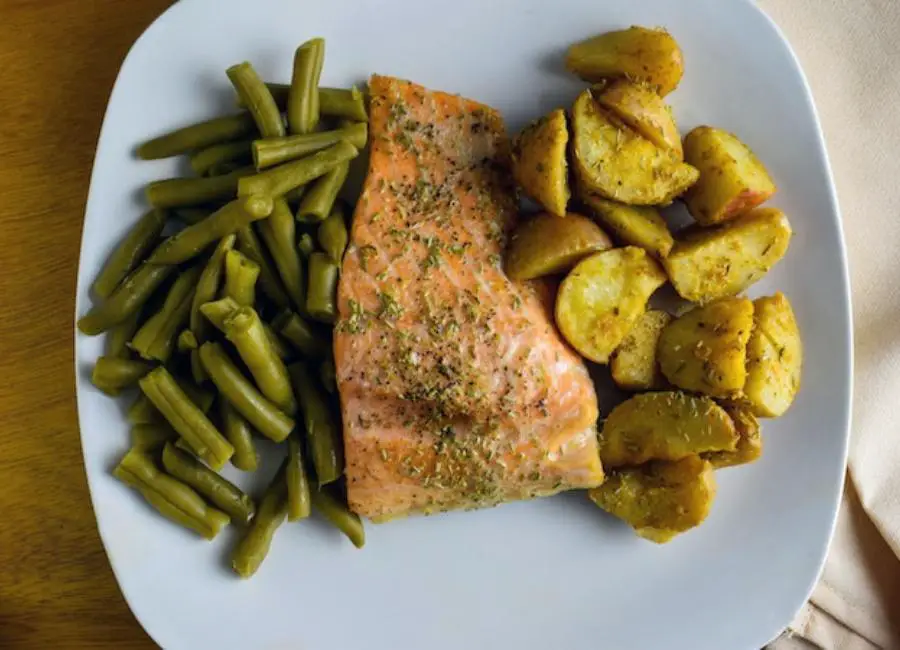
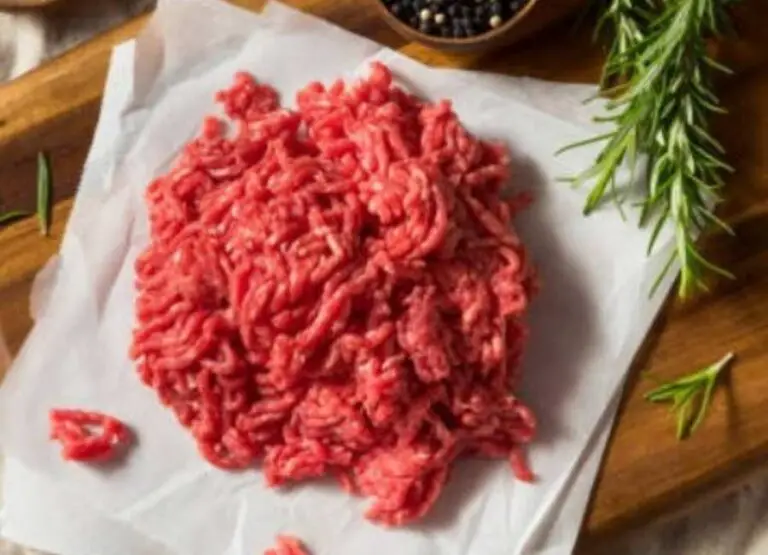
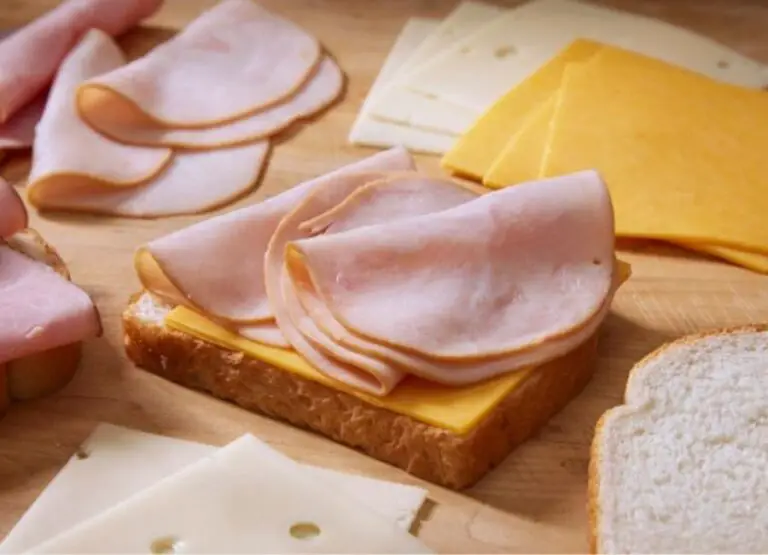
![What To Do If You Eat Raw Pork [Tips]](https://foodcreeks.com/wp-content/uploads/2023/02/What-To-Do-If-You-Eat-Raw-Pork-768x555.jpg)
![Cooking Raw Meat In Microwave [Explained]](https://foodcreeks.com/wp-content/uploads/2023/02/Cooking-Raw-Meat-In-Microwave-768x555.jpg)
